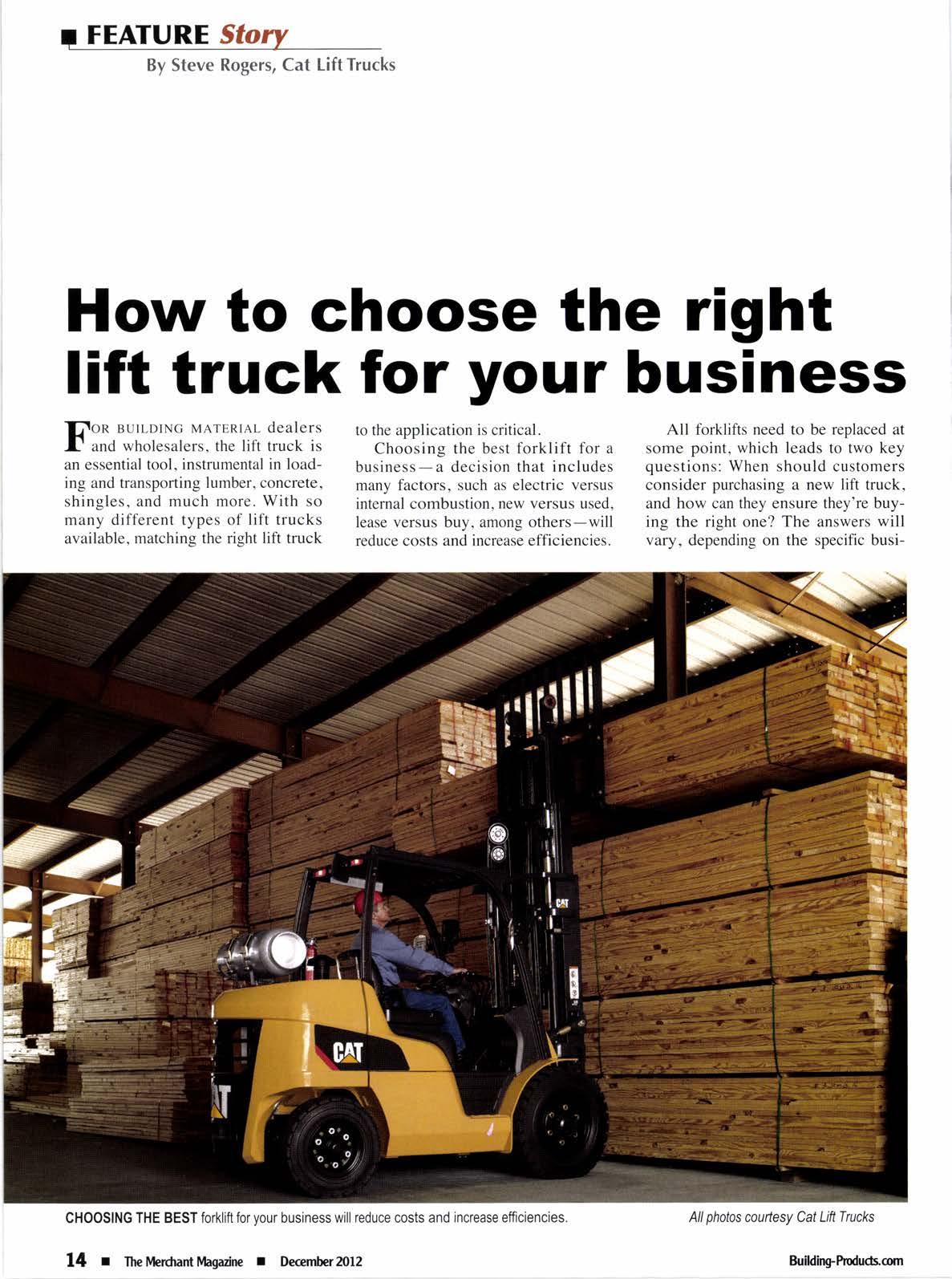
1 minute read
Gotyour own copl€
Slcrl your own rubtcdption wilh our very nexl issue by colling Heother ot (9491 852-1990 HKelly @ building-producfs.com reasons todo green work are client demand (35%) and market demand (33%\.
Other reasons included lower operating costs (30%) andbranding advantage (30%). Greater health and wellbeing was cited (55%) as the top social reason for building green, as was encouraging sustainable business practice. Energy-use reduction topped the environmental reasons for green building; 72o/o said it is the important environmental reason to engage in green building. Water-use reduction was cited by 25% of respondents, up from 4o/o in 2008. Improved indoor air quality is also more important today; lToA cited this as a topreason to engage in green building, up from only 3o/o in 2008.
In contrast, the top reasons cited in
2008 were doing the rightthing(42%) and market transformation (35%), followed by client and market demand.
"It is notable that over the next three years, firms working in countries around the world have green work planned across all building types, incorporating both new construction and renovation," said Harvey M. Bernstein, vice president of industry insights and alliances for McGraw-Hill Construction. "It is clear that green is becoming an important part of the future landscape of the global construction marketplace, and firms will need to be prepared for that transition."
Green building is also expected to garner business benefits for building owners. For new green building projects, firms report median operating cost savings of 80% over one year and 15olo over five years, as well as increased building values of 7Yo (according to design and construction firms) and higher asset valuation of 5% (according to building owners).
"We've been on the ground watching the markets shift to green around the world," said Jane Henley, president of the World Green Building Council. "Today, there are green building councils in 92 countries around the world-more than double what it was when we first looked at the green building market globally in 2008."
The study also revealed that approximately 48% percent of the work by U.S. respondents was green-and that share is expected to increase to 58% by 2015.










